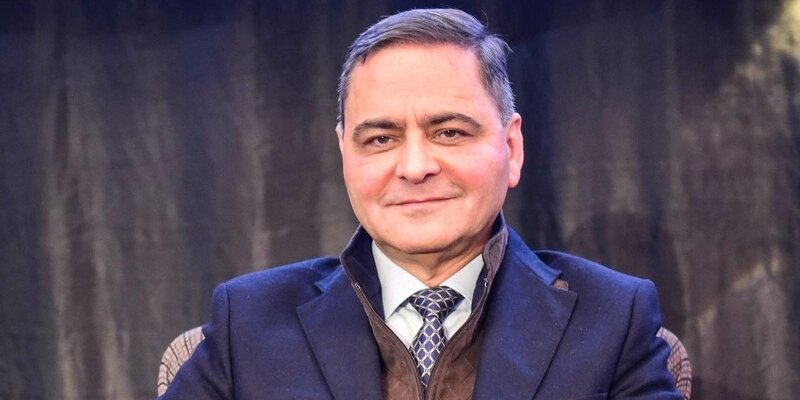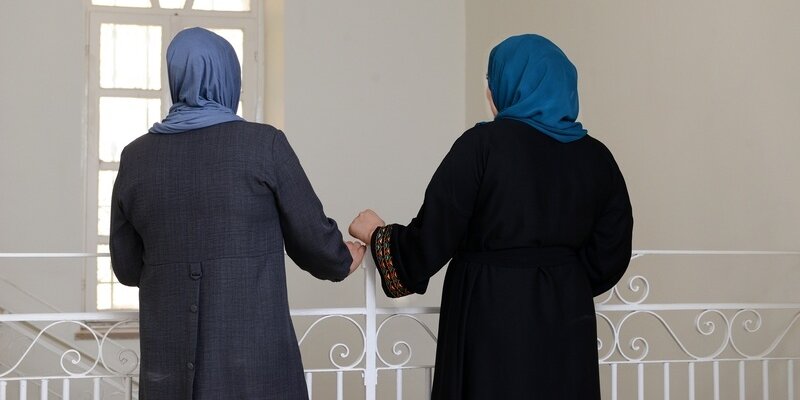After the Budget Axe: What Funding Cuts Mean for Israel’s Yeshivas
An analysis of the financial reports of several ultra-Orthodox yeshivas explains the ever-growing pressure over the draft issue, which came to a head in a mass rally in Jerusalem and increasingly militant comments from leading rabbis. Elite yeshivas – which raise funds through donations and hold assets worth millions – will barely feel the effect of the cuts. Intermediate yeshiva have bumped up tuition fees, which increases the burden on ultra-Orthodox families. Meanwhile, drop-out yeshivas, where around 18 percent of all yeshiva students are enrolled, will find it almost impossible to survive without government funds. A Shomrim analysis also in Mako
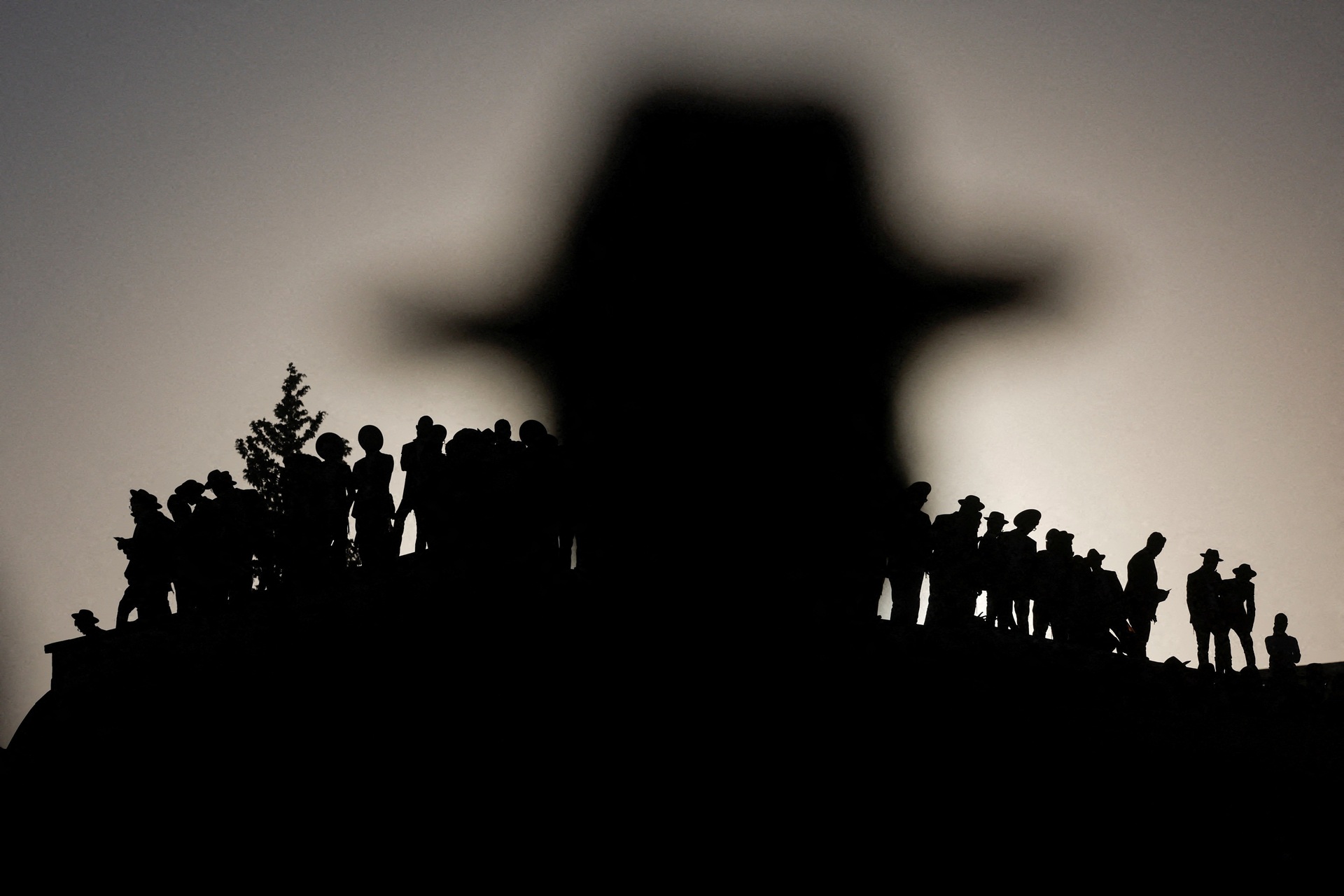

An analysis of the financial reports of several ultra-Orthodox yeshivas explains the ever-growing pressure over the draft issue, which came to a head in a mass rally in Jerusalem and increasingly militant comments from leading rabbis. Elite yeshivas – which raise funds through donations and hold assets worth millions – will barely feel the effect of the cuts. Intermediate yeshiva have bumped up tuition fees, which increases the burden on ultra-Orthodox families. Meanwhile, drop-out yeshivas, where around 18 percent of all yeshiva students are enrolled, will find it almost impossible to survive without government funds. A Shomrim analysis also in Mako

An analysis of the financial reports of several ultra-Orthodox yeshivas explains the ever-growing pressure over the draft issue, which came to a head in a mass rally in Jerusalem and increasingly militant comments from leading rabbis. Elite yeshivas – which raise funds through donations and hold assets worth millions – will barely feel the effect of the cuts. Intermediate yeshiva have bumped up tuition fees, which increases the burden on ultra-Orthodox families. Meanwhile, drop-out yeshivas, where around 18 percent of all yeshiva students are enrolled, will find it almost impossible to survive without government funds. A Shomrim analysis also in Mako
Young Haredi Jews at a demonstration in Jerusalem against their conscription into the IDF. Photo: Reuters
Lir Spiriton
November 13, 2025
Summary


Listen to a Dynamic Summary of the Article
Created using NotebookLM AI tool
“Consequently, the state is not authorized to transfer social security subsidies to Torah institutions for yeshiva students who have not received an exemption or whose military service has not been legally deferred.” That rather technical and dry sentence, which appeared in a High Court of Justice ruling issued in June 2024 and which addressed the issue of drafting young ultra-Orthodox men into the IDF, was the first act in the massive drama that Israel’s Haredi population is currently experiencing: a halt to funding and the potential threat to what they see as a full-time Torah-study society.
In the first few months following the ruling, ultra-Orthodox leaders defiantly tried to claim that their institutions would survive even without state funding and that yeshiva students would remain dedicated to Torah study even if they were denied financial support, such as subsidized daycare centers. Organizations like the World of Torah Foundation promised to cover the yeshivas’ budgetary deficits and, at the same time, public relation and fundraising campaigns were launched in Israel and overseas. As the months passed, however, the reality of the new economic situation – one without massive government grants – began to filter through. It is possible to say, with all due caution, that the events of the past two months – the massive demonstration in Jerusalem last week against the draft, the withdrawal of two ultra-Orthodox parties from the coalition (which may or may not be genuine) and increasingly militant comments from leading rabbis – all illustrate the intense and ever-increasing pressures within Haredi society.
The first and most significant level – which is barely discussed by the Israeli public – is related to the payment of yeshiva tuition fees. This is a significant monthly expense for any ultra-Orthodox family with sons. As a result of the High Court decision, this expense has grown significantly; in some cases, families are now having to pay double the amount they did beforehand. This extra burden is something that many ultra-Orthodox families – who in any case are usually low-income and have many children – are finding it hard to cope with.
“Most of the yeshivas increased tuition fees. The yeshiva that my son attends used to charge 700 shekels ($215) a month, but it’s jumped up to 1,400 shekels ($430) now,” says Avraham, a father of six from Bnei Brak. “One of my other sons studied at a yeshiva for drop-out students, because he didn’t get along in the usual framework. At that time, I was paying 1,800 shekels ($550) a month for him. Now, because they had their budgets cut, the monthly payment is between 3,400 and 4,000 shekels ($1,050-$1,230).”
Tuition fees are, as mentioned, just one layer of the difficulties that ultra-Orthodox families now face due to the budget cuts. The yeshivas themselves are facing a significant problem. The building itself, the salaries of staff, maintenance, municipal taxes and other expenses obligate these yeshivas to maintain a significant financial turnover – a large proportion of which used to come from the state. The yeshivas themselves have been affected differently by the cuts. Elite yeshivas are better equipped to deal with the loss of finance, thanks to their assets and cash reserves – which, in some cases, amount to small fortunes and which have been amassed over the years. Moreover, they find it relatively easy to collect donations from various benefactors. The intermediate yeshivas may find it harder financially, but will somehow manage to survive, thanks to donations and higher tuition fees. The most precarious yeshivas are the so-called ‘drop-out yeshivas’ – known sarcastically in the community as “summer camps” – where government funding makes up the majority of the budget, tuition fees are already high and fundraising is very challenging. According to a study by the Israel Democracy Institute, around 18 percent of yeshiva students are enrolled in ‘drop-out yeshivas’ and, according to several commentators, they will be the first students that ultra-Orthodox society will send to the IDF recruitment center, in an effort to protect the other yeshivas.
Shomrim has analyzed the financial reports of some of these ultra-Orthodox yeshivas, in an effort to understand what and who will be impacted by the changes to yeshiva funding. These are our findings.
1.
Elite yeshivas
Ultra-Orthodox aristocracy and millions in assets
There is very high demand in ultra-Orthodox society for elite yeshivas, which attract a combination of outstanding students and the sons of rabbis, politicians and community leaders. By enrolling their sons in these yeshivas, parents are ensuring a good matrimonial match, status within Haredi society and, if they want, a job in a position related to Halacha. Among the elite yeshivas are Lithuanian institutions such as the Mir Yeshiva, the Slabodka Yeshiva and the Orchos Torah network, Hasidic yeshivas like Vizhnitz and Sephardic institutions such as the Kisse Rahamim and Porat Yosef yeshivas. This, of course, is only a very partial list.
According to several ultra-Orthodox sources, there are three main reasons why these elite yeshivas will not be greatly affected by the budget cuts: the assets that some of them have amassed; ultra-Orthodox parents’ willingness to pay significant sums of money for their sons to study in a highly-ranked institution and their ability to run successful fundraising campaigns with relative ease.
An examination of the financial records of the associations which operate the elite yeshivas confirms this analysis. One yeshiva which has significant assets is the Orchos Torah network, which was founded by Rabbi Aharon Yehuda Leib Shteinman and is seen as one of the flagship yeshivas in the Lithuanian community. According to reports to the Registrar of Non-Profit Organizations, the yeshiva has assets (some of which are used for its operations and some not) valued at more than 220 million shekels ($67M) – in addition to approximately 20 million shekels ($6.7M) in cash and debts owed. However, this is offset by liabilities totaling approximately 80 million shekels ($24.5M). The yeshiva’s budgetary surplus for 2024 exceeded 51 million shekels ($15.5M), a significant jump compared to the previous year, largely due to income from real estate sales. Despite this solid financial footing, the state continued to fund Orchos Hatorah to the tune of approximately 17 million shekels (down from 23 million shekels in 2023), and it also raised an additional 25 million ($7.5M) shekels through donations.
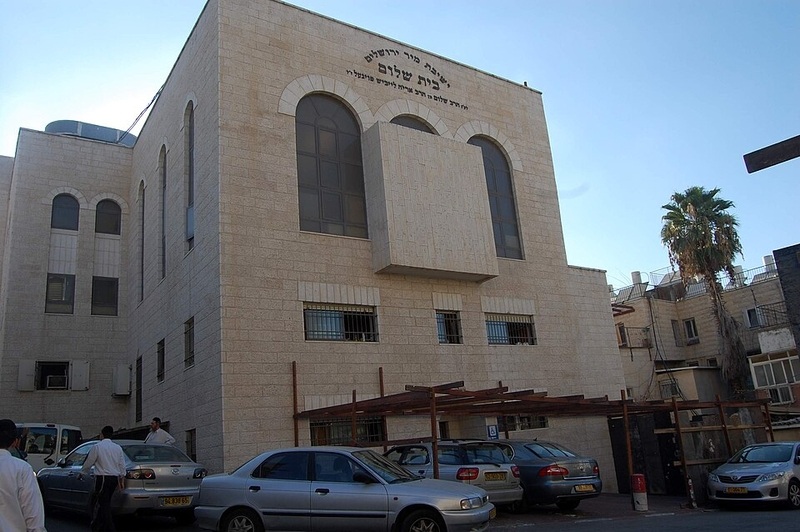
The situation for the Slabodka Yeshiva – a smaller elite institution which has combined real estate and cash assets valued as over 40 million shekels ($12M) – is very different. State funding for the yeshiva totaled 7.6 million shekels ($2.5M) in 2024 and it raised around 17 million shekels ($5M) in donations. Another yeshiva with a similar budgetary structure is Kisse Rahamim, a Sephardic yeshiva, which reported an annual turnover of approximately 40 million shekels ($12M) in 2023. Of that amount, more than 11 million came from state funding and 25 million from donations. It also raised money through parents’ tuition fees.
“Just like there are people who donate billions to universities, there are those who bequeath huge sums of money to elite yeshivas,” is one ultra-Orthodox insider’s explanation for the source of this money. He adds that most of the elite yeshivas have accumulated wealth in this way. “For example, the Mir Yeshiva has a lot of assets and donors, while the Ponevezh Yeshiva has apartments that it rents out, as well as assisted-living facilities and land in the south. And they are not the only ones. Orchos Hatorah is one of the richest yeshivas, the Vizhnitz Yeshiva belongs to a Hasidic group that has plenty of assets and the Hebron Yeshiva has land on which it is building spacious homes to rent out. There are plenty of other examples.”
2.
Intermediate yeshivas
Can families afford to pay the entire tuition fee?
Not all of the yeshivas enjoy the same status and fundraising abilities as the elite yeshivas, however. “The budget cuts have harmed smaller and financially weaker yeshivas, as well as newer ones. They do not have the assets and they find it harder to raise donations, so they have to make up the shortfall by raising tuition fees significantly,” the same insider explains.
Intermediate yeshivas make up a significant proportion of the total number of yeshivas. They are not particularly glamorous and are not highly sought-after, but they are seen in ultra-Orthodox society as perfectly legitimate and worthy places to study. They are not the first choice when it comes to a matrimonial match, the insider adds, but they are still absolutely fine.
An analysis of the financial records of some of the associations which operate intermediate yeshivas reveals that the halt to government funding created pressure on them as far back as 2024 – during some of which they were still receiving state funds. Moreover, in 2024 some intermediate yeshivas enjoyed additional funding from the abovementioned World of Torah Foundation and other organizations – but it appears that these sources of funding dried up during 2025.
In order to see just how much financial pressure the cuts have created, Shomrim analyzed the records of four intermediate yeshivas: Keren Orah, Netivot Chochma, Ohr Elchonon and Beit Meir. This analysis revealed that between 40 and 60 percent of their budgets for 2023 – which was a year of full government funding – came from the state. The donations that they managed to raise in 2024 made up just 13 to 29 percent of their income. In 2025, for which they have not yet published their financial statements, government funding was slashed and as mentioned, there has also apparently been a drop in donations.

These intermediate yeshiva have, as mentioned, been forced to increase tuition fees. It remains unclear whether the ultra-Orthodox public will be able to afford nonsubsidized tuition fees, but everyone involved agrees that Haredi families face particularly challenging times.
3.
Drop-out yeshivas
Who will fund at-risk youth?
“Drop-out yeshivas” is a concept that relates to more than one kind of yeshiva; it is, rather, a spectrum that runs from “opportunity yeshivas,” most of which combine study and work, to those yeshivas that are designed to ensure that the ultra-Orthodox youths remain in some kind of a Haredi framework – at any cost – even if they do not study Torah at all. According to data from the Israel Democracy Institute from June 2024, 18 percent of all ultra-Orthodox youths who are given an exemption from military service thanks to the Torah-study clause are enrolled in “drop-out yeshivas” – even though 73 percent of them work and only 17 percent are full-time Torah students.
Even before the High Court ordered an end to state funding, tuition fees as “drop-out yeshivas” were higher than for intermediate yeshivas. Sources in the community say that this is because of how they operate: to begin with, they have different needs than other yeshivas, such as needing more teaching staff and ongoing incentives to keep the students in class, which sometimes even includes activities such as overseas trips. In addition, these yeshivas find it hard to raise donations. The parents, the sources add, are willing to pay large sums of money to ensure that their sons remain in an ultra-Orthodox framework.
These reasons, spurred on by the Haredi political parties, led to the state budget being especially significant for the drop-out yeshivas, with funds flowing to them through every possible budgetary clause. For example, some of them are funded by the Ministry of Welfare, since they are defined as yeshivas for at-risk youth – even if the only risk they are facing in their lives is their difficulty in studying Torah. A petition filed by the Israel Hofsheet organization, which focuses on religious-state relations in Israel, argued that defining students at drop-out yeshivas as at-risk youth allowed the government to funnel tens of thousands of shekels a year for each student and, in so doing, was not fulfilling a welfare need but creating a backchannel for indirect funding. The High Court ordered the state to cease this funding until the draft issue has been settled once and for all. Either way, an examination of the financial records of some of these yeshivas reveals that the vast majority of their budget – more than 70 percent – comes from the state coffers and only a small proportion comes from tuition fees or donations. The people interviewed for this article doubt whether it will be possible to overcome this shortfall for very long.
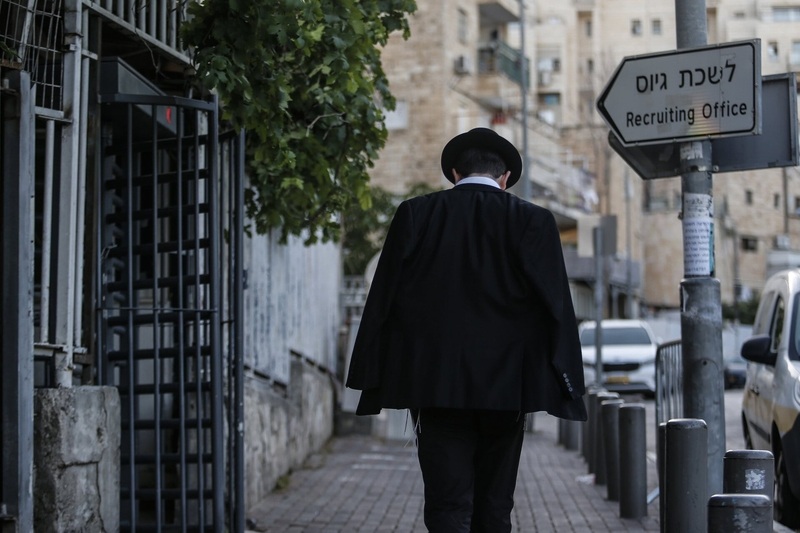
Will the drop-out yeshiva students be the first that ultra-Orthodox society sends to serve in the military? In conversations with Shomrim, many of the students there do not seem overly concerned. “The rabbis won’t let anyone be drafted,” several students from one such yeshiva in Bnei Brak said adamantly. “It simply won’t happen.”
Another student tried to explain. “It’s impossible to be Haredi and be in the army. I don’t necessarily mean Haredi in a religious sense, because in our yeshivas there are a lot of guys who don’t observe many [Jewish] laws. I mean that you cannot belong to Haredi society. The combination of Haredi and army cannot exist.” And what about legal sanction, denial of benefits and yeshiva budgets? The student is convinced that nothing will make him or his friends join the army and that no rabbi would support such a thing.
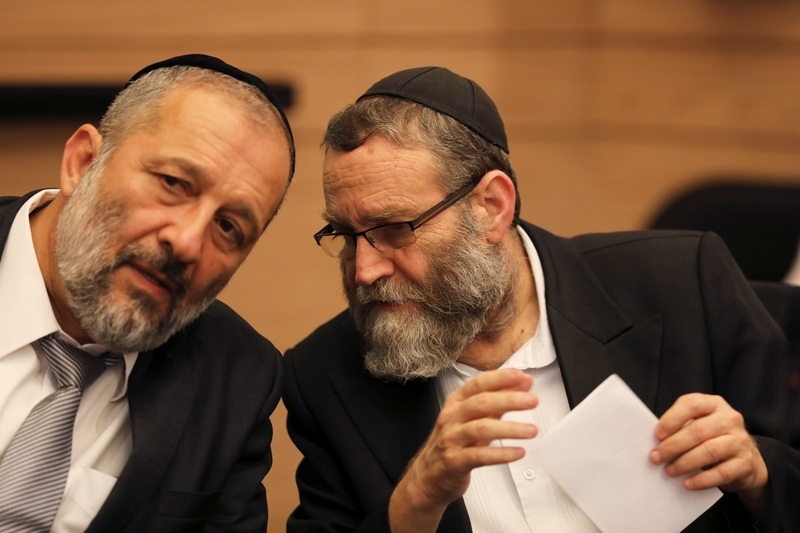
This certainty, however, could be shattered by a reality in which, in off-the-record conversations, a significant portion of Haredi activists acknowledge the current difficulties. In this context, one of them brought up comments from the head of the Degel Hatorah party, MK Moshe Gafni, who, having served for many years as chairman of the Knesset Finance Committee, knows a thing or two about the importance of government funding. According to reports, after Prime Minister Benjamin Netanyahu spoke in terms of drafting around 20,000 yeshiva students, Gafni contacted the prime minister’s spokesperson and asked that he amend the statement from “20,000 yeshiva students” to “20,000 Haredim.” According to the report, Netanyahu agreed.




